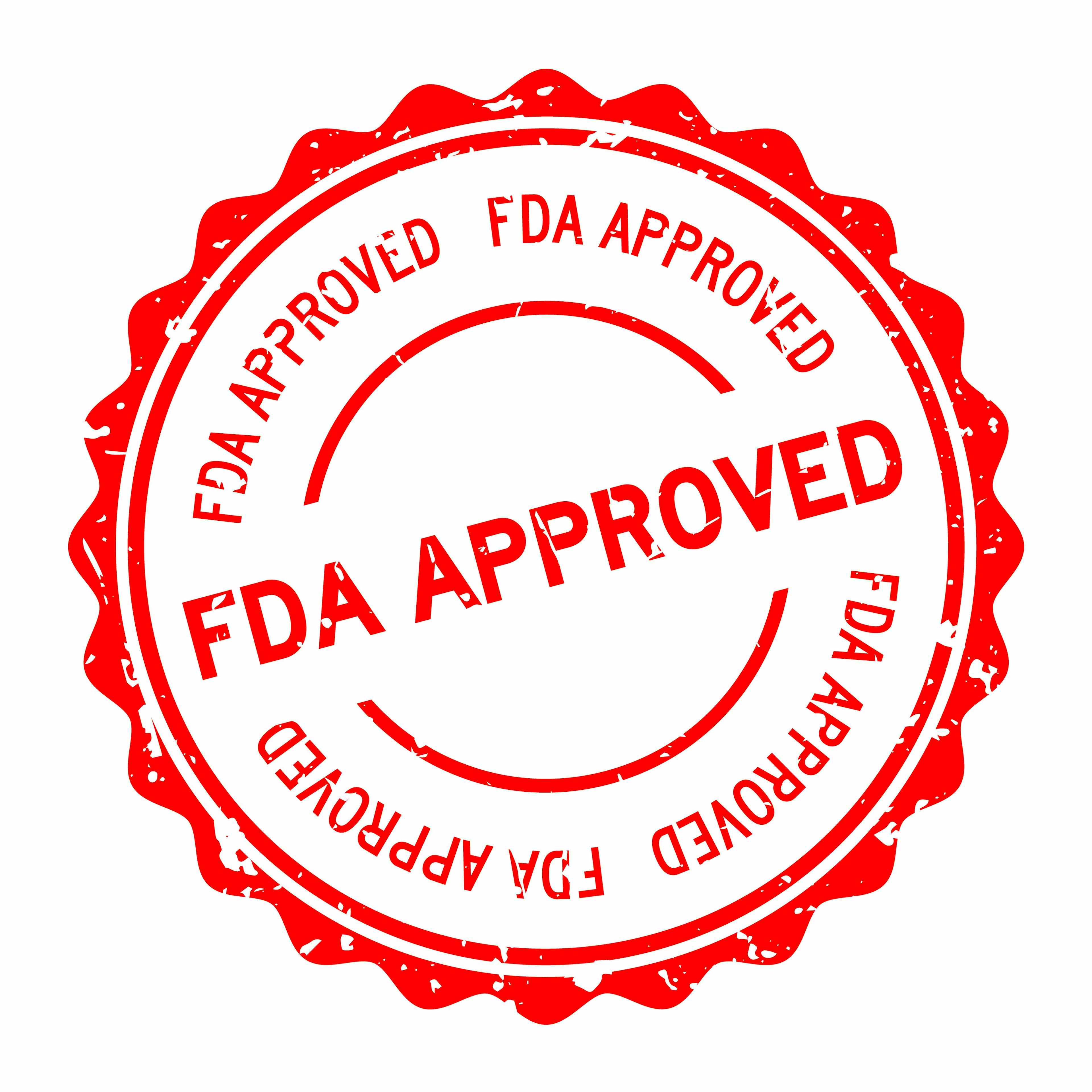Two years of corticosteroids: No lasting effect on preschoolers' asthma
Two years of inhaled corticosteroid therapy in preschool children at high risk for asthma did not change development of asthma symptoms or lung function during a third, treatment-free year, a recent investigation showed. Therapy did reduce the burden of disease during the treatment period, however.
Study participants were 285 children between 2 and 3 years of age who were at high risk of asthma. They had frequent wheezing plus either atopic dermatitis or a parent with asthma, or had two of three of the following conditions: allergic rhinitis, eosinophilia, or wheezing without colds. Investigators assigned the toddlers to one of two study groups: One received an inhaled corticosteroid (fluticasone propionate at a dosage of two 44-μg puffs twice daily); the other, placebo. Treatment with fluticasone or placebo continued for two years, followed by an observation year during which treatment was discontinued.
During the post-treatment observation year, the two groups did not differ in the percentage of episode-free days, the number of exacerbations, or lung function. The two groups also were similar in how often they needed to use systemic corticosteroids or montelukast and how long after the treatment period such medications were initiated, as well as in their rate of hospitalization. Of those who required inhaled corticosteroids for two months or longer, however, children in the fluticasone group used the treatment for fewer days than did those in the placebo group (20.1 days compared to 27.0 days).
Growth velocity in the fluticasone group slowed during the first year of treatment; the two groups had similar growth rates during the second year. Although growth in the fluticasone group accelerated during the observation year, mean height of the children in this group was 0.7 cm less than that of the placebo group by the end of the trial (Guilbert TW et al: N Engl J Med 2006;354:1985).
Commentary: So it isn't that inhaled steroids don't work to prevent symptoms; they just don't prevent a child who wheezes or is at risk of asthma from becoming a full-blown asthmatic. In the words of the authors, the inhaled steroids are "effective therapy but have no disease-modifying effect." Perhaps leukotriene inhibitors or another class of drugs will work where steroids have not.
Recognize & Refer: Hemangiomas in pediatrics
July 17th 2019Contemporary Pediatrics sits down exclusively with Sheila Fallon Friedlander, MD, a professor dermatology and pediatrics, to discuss the one key condition for which she believes community pediatricians should be especially aware-hemangiomas.


















